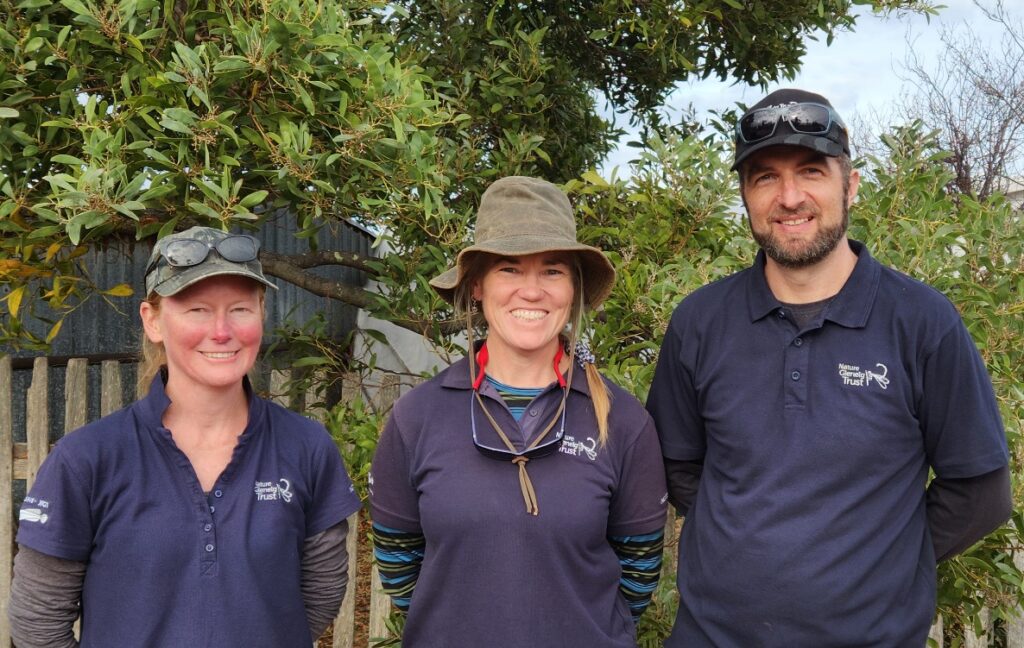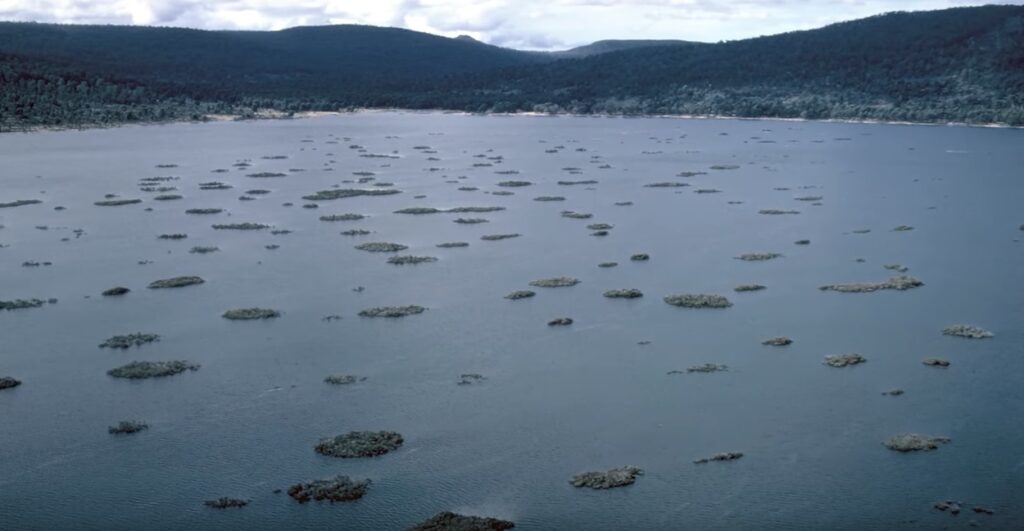Lagoon of Islands: another positive wetland restoration story from Tasmania
NGT’s wetland restoration work in Tasmania over the past few years has been capably led by our small but passionate team of Hobart-based part-time staff, Bec Sheldon and Justine Latton. You can read about Bec and Justine’s observations from their recent visit to Moulting Lagoon by following this link.

For those who may not know, Bec also works part-time for Hydro Tasmania as an Environmental Scientist, where she also gets to work on some very interesting projects. One of those that featured in the news recently, after an earlier story last year, is Lagoon of Islands.
Unfortunately, this unique wetland was detrimentally impacted by the construction of a dam many years ago in the 1960s, which flooded and killed the reedbeds of the lagoon and caused the floating islands to sink. However, a little over 10 years ago – after a period of prolonged drought and water quality concerns – a major effort to restore the natural hydrology of the wetland began.
The thing you will notice that stands out about the story of Lagoon of Islands, is that it is the reverse of what might seem like the ‘normal’ wetland restoration scenario we often talk about at NGT, where we look to return water to land that has been artificially dehydrated through drainage. However, yes, wetland restoration can also involve lowering the water level, where a lake has been artificially created in the bed of what was previously a natural, shallow vegetated wetland, usually to create an artificial dam for water supply purposes. Indeed, a similar dam decommissioning project to the one implemented at Lagoon of Islands has occurred in Victoria to restore the Winton Wetlands, near Benalla.
Back to the story of Lagoon of Islands, and you can learn about the time up until the restoration project commenced in 2013, in the video below.
To learn about the progress of the project since that time, you can read last year’s ABC news story here for some useful background context.
More recently, another article appeared, celebrating the confirmed return of the Australasian Bittern to the site, for the first time in many decades. As we have reported previously in NGT wetland stories (e.g. Hutt Bay and Long Swamp), this nationally threatened species has a knack of turning up at restored wetlands!
This more recent evidence of success is also summarised in the video below, featuring Bec, which we hope you enjoy!

